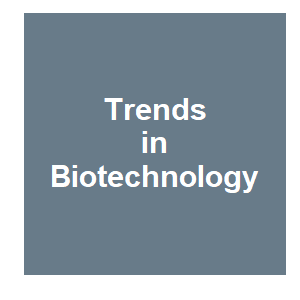Embracing Dynamic Models for Gene Drive Management

|
A. J. Golnar, E. Ruell, A. L. Lloyd and K. M. Pepin,
Trends in Biotechnology,
2020.

Robust methods of predicting how gene drive systems will interact with ecosystems is essential for safe deployment of gene drive technology. We describe how quantitative tools can reduce risk uncertainty, streamline empirical research, guide risk management, and promote cross-sector collaboration throughout the process of gene drive technology development and implementation. Models are important tools for understanding how complex systems work and are widely utilized to inform regulatory decisions. They provide a framework for integrating multiple data inputs to discover patterns and processes that are difficult to intuit. Their accuracy can be improved through an iterative process of model-driven data collection and data-driven model prediction, a practice that identifies and actively reduces important sources of uncertainty. With the capacity to explore large regions of parameter space, models can help elucidate system drivers and behaviors that could take decades to reveal through empirical research, thus accelerating the cycle of hypothesis generation and testing during product development phases and for product evaluation prior to and during release phases. There are many different types of models that can be used to predict outcomes from data, but process-based models (e.g., how populations and allele frequencies change over time) are particularly useful for evaluating our understanding of the role of different processes (e.g., birth rates, homing rates, etc.) in predicting outcomes (e.g., invasion rates, and risk to non-target populations). Dynamic population genetic models (DPGMs) incorporate both the processes that lead to changes in population abundance and distribution over time (demography) and those that determine changes in allele frequencies (population genetics), allowing for prediction of GDMO propagation in space and time (Box 1). By specifying how GDMOs interact with complex ecological factors, DPGMs provide a tool for investigating the impact of GDMOs at population and ecosystem-scales that can be too uncertain or logistically challenging to safely study empirically. More related to this: Gene drives do not always increase in frequency: from genetic models to risk assessment
|



